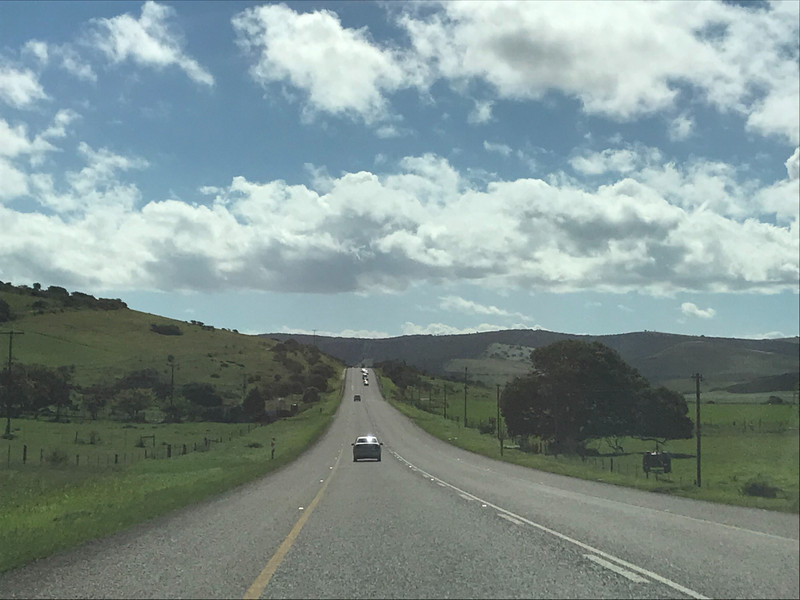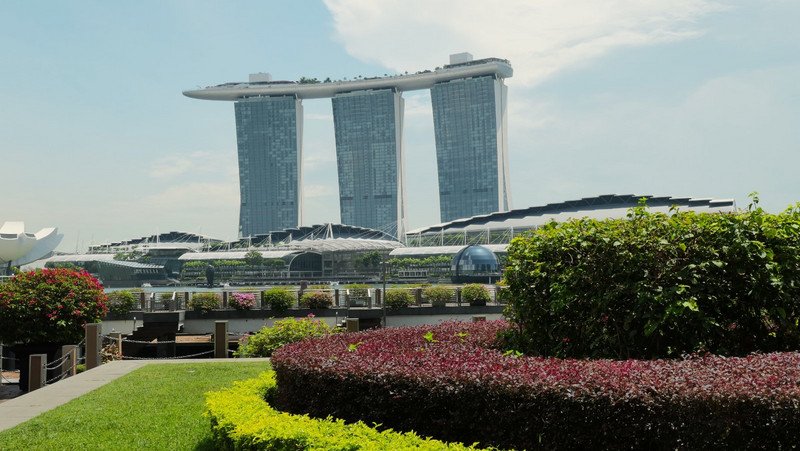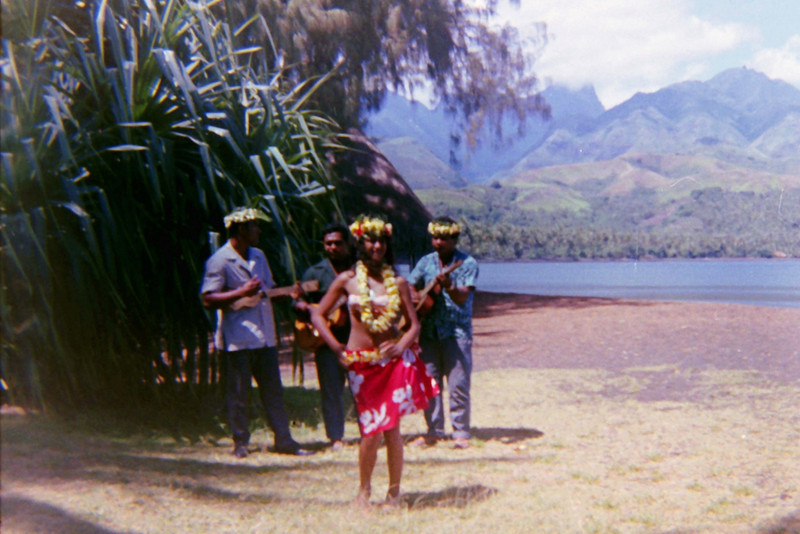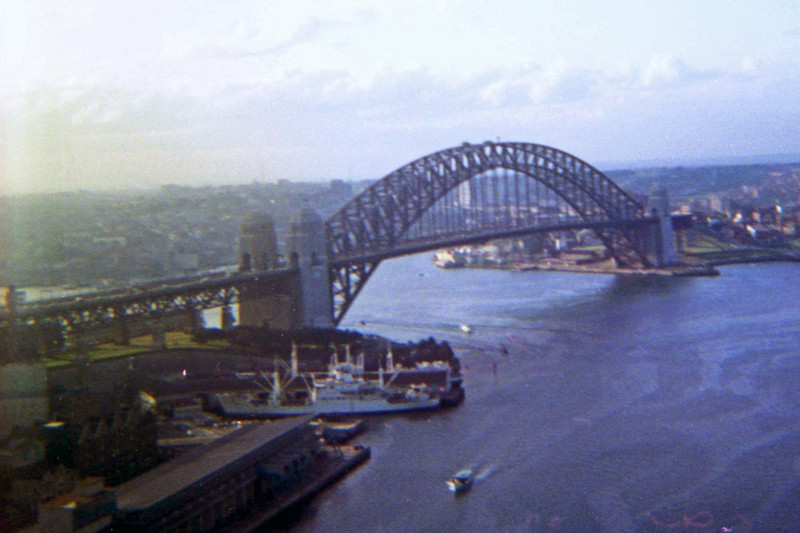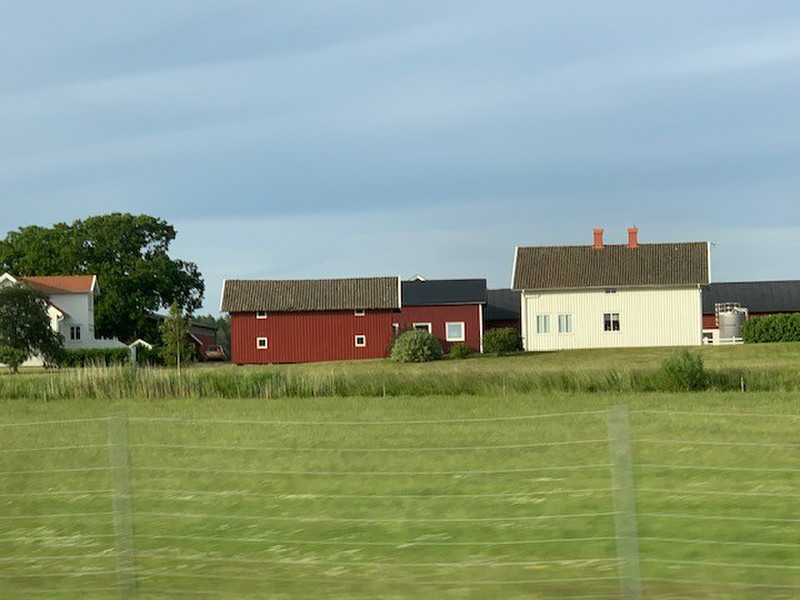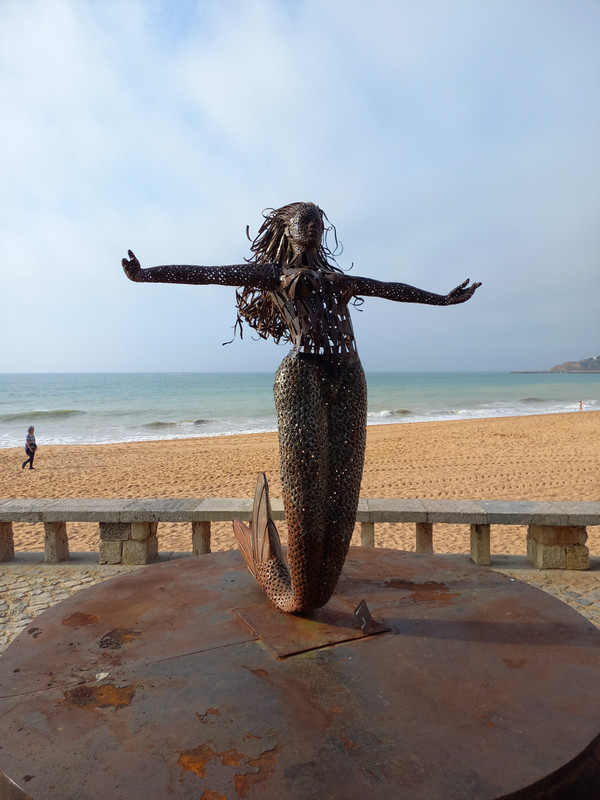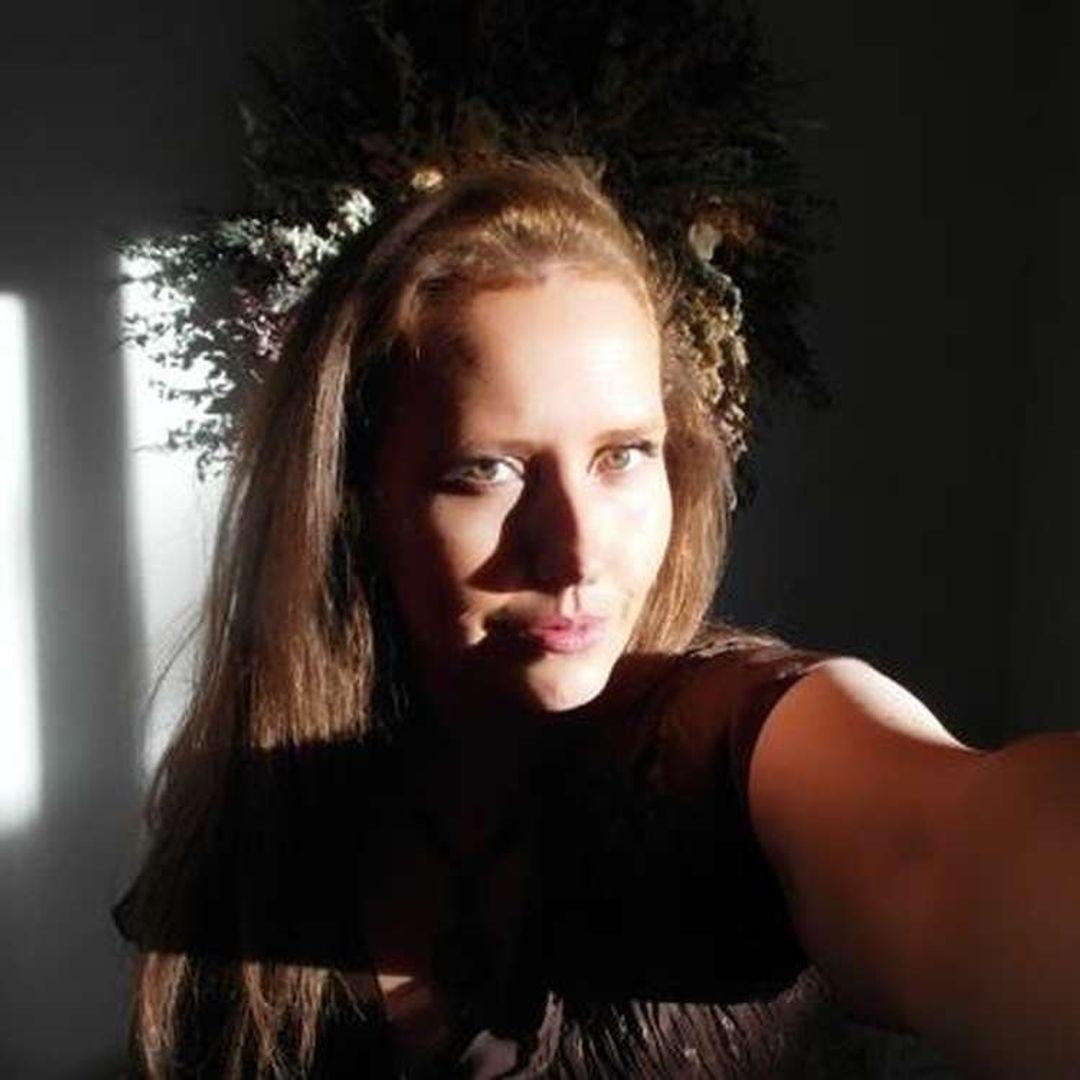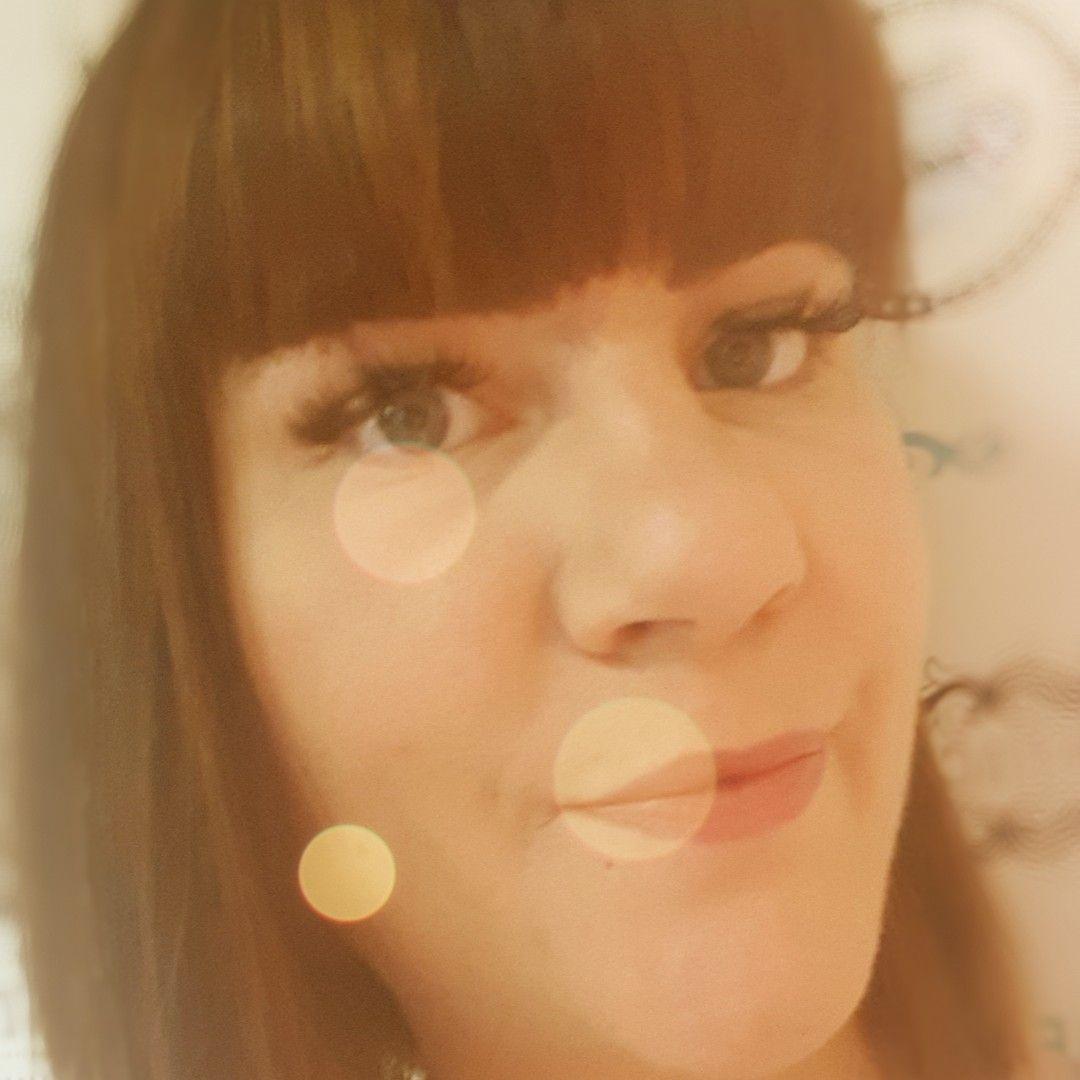This is a special day. Nuis birthday, so Nenad to have dinner with her with the sun setting into the Indian Ocean. What is 650 km driving, when the reward will be a happy smile from Nui !!! As destination we chose the area of St Francis Bay, about an hour South of Port Elisabeth. This is a holiday destination at the Southern end of the Eastern Cape, known for surfing, biking fishing and hiking. Famous also for its building style of houses, especially roof constructions in the village of St Francis Bay. All buildings are same in style of white painted houses with black roofs (mostly made from thatch, a technique taken from the Xosa tribe). The material is extremely pretty and very practical when it rains or to absorb the heat, but you do not want to have a fire. In 2012 76 houses burned down in a fire in this up market estate, all of them with thatched roof. The Kromme River running into the ocean in St Francis, is navigable for 14 km upstream, and is linked to the St Francis canals system, where luxury property is built on its shores. Boating, kayaking, jet skiing
in the canals, surfing in the ocean. St Francis Bay is the start of the famous Garden Route of South Africa. But there is a darker side we discovered. A shanty town, or call it ghetto of totally huts, with no visible proper infrastructure, garbage everywhere and lots of poorly dressed kids running around lies not even 5km from the St Francis villa city. Of course, its citizens are all black and one can see them making their way in the morning to St Francis Bay working in all sorts of unskilled jobs for the mainly White residents. A legacy of the apartheid concept, where the black population was closed up in Townships and Homelands, needing a special pass allowing them only to leave these areas for work related travel.
Before we reached this holiday paradise, whose weather forecast promised sun, sun, sun, we had to drive, drive, drive a long way leaving the Umngazi Resort and the Wild Coast behind. It is the traditional home of the Mpondo people, a tribe from the Xhosa, and the birthplace of many prominent South Africans, including Nelson Mandela and Thabo Mbeki. Passing the city of Mthatha, the hometown of Nelson
Nelson Rolihlahla Mandela (18 July 1918 – 5 December 2013) was a South African revolutionary, political leader and philanthropist, who served as President of South Africa from 1994 to 1999. He was the countrys first black head of state and the first elected in a fully representative democratic election. His government focused on dismantling the legacy of apartheid by tackling institutionalized racism and fostering racial reconciliation. Ideologically an African nationalist and socialist, he served as the president of the African National Congress (ANC) party from 1991 to 1997. A Xhosa, Mandela was born to the Thembu royal family. He studied law at the University of Fort Hare and Witwatersrand before working as a lawyer in Johannesburg. There he became involved in and African nationalist politics, joining the ANC in 1943 and its Youth League in 1944. He was influenced by Marxism and was briefly a member of the banned South African Communist Party (SACP). As apartheid became more extreme, himself to overthrow the regime. In the 1952 he led the Defiance Campaign and the 1955 the Congress of the People. He was repeatedly arrested
for seditious activities. Although to protest, he the militant Umkhonto we Sizwe in 1961 and led a sabotage campaign against the government. He was arrested and imprisoned in 1962, and sentenced to life imprisonment of which he spent 27 years in Robbin Island and other prisons. President F. W. de Klerk released him in 1990. Mandela and de Klerk led efforts to negotiate an end to apartheid, which resulted in the 1994 multiracial general election in which Mandela led the ANC to victory and became president.
A national hero in the eyes of most blacks, he never fully could resolve the age old conflict between the Zulu and Xhosa.
Travelmates near
